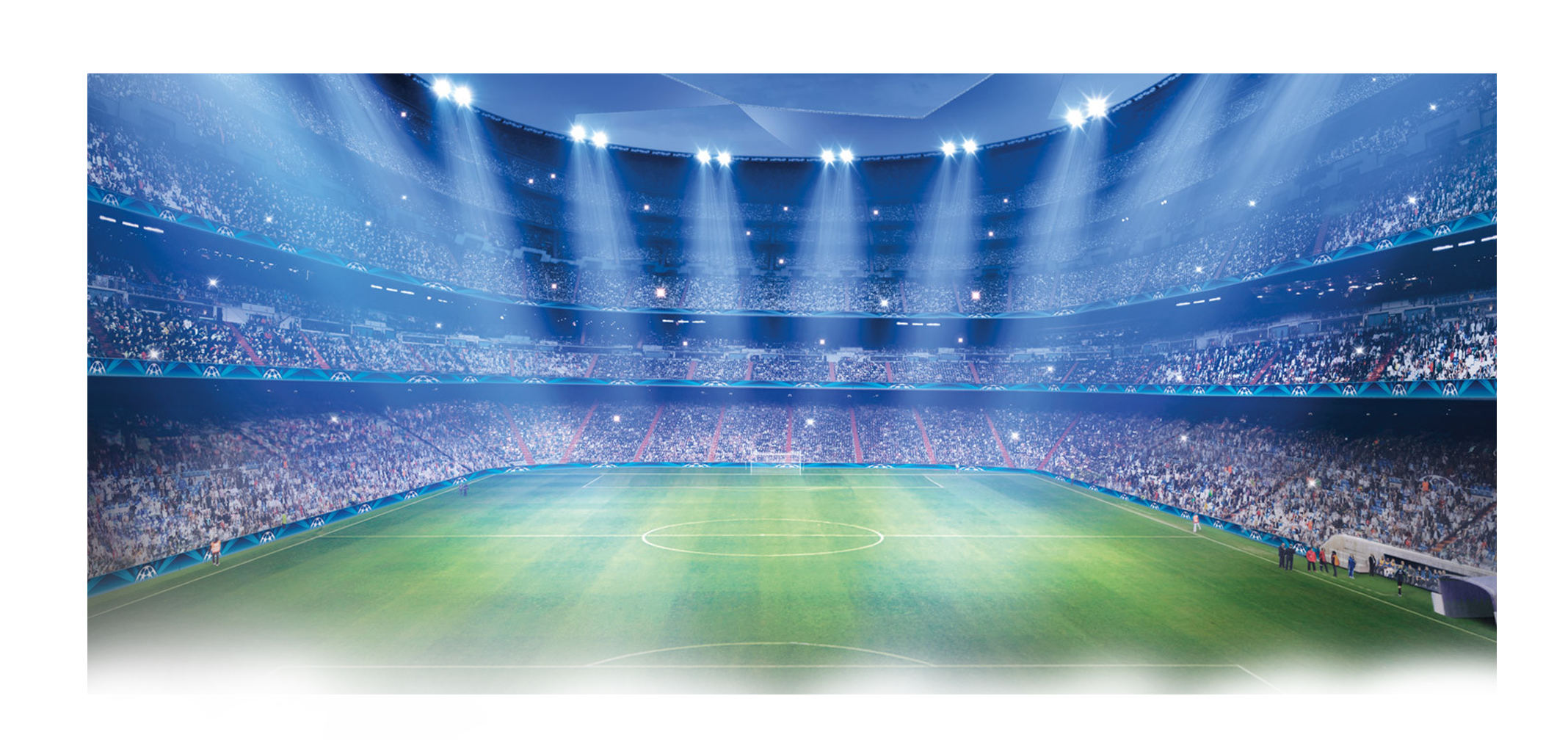
When it comes to Major League Baseball, the ballpark isn’t just a backdrop—it’s a crucial factor that can turn a warning track flyball into a homer or a would-be double into a simple pop-out. With varying dimensions, altitudes, and climates, each ballpark has its own unique personality. Today, we’re ranking MLB ballparks from the most hitter-friendly to the most pitcher-friendly, giving you a glimpse into what makes each stadium tick.
1. Coors Field – Hitter’s Heaven
Location: Denver, Colorado
Why it’s Hitter-Friendly: The mile-high altitude in Denver is the ultimate gift to hitters. The thin air reduces air resistance, allowing baseballs to travel further. Add in the spacious outfield that turns singles into doubles and you’ve got a paradise for hitters. Coors Field consistently leads the league in runs scored and home runs, making it a nightmare for pitchers.
2. Fenway Park – The Green Monster Effect
Location: Boston, Massachusetts
Why it’s Hitter-Friendly: The iconic Green Monster in left field is only 310 feet from home plate, inviting right-handed hitters to take a swing. The short porch in right and Pesky’s Pole also contribute to its hitter-friendly nature. Despite being a small park, Fenway sees a lot of doubles thanks to its unique dimensions.
3. Great American Ball Park – The Bandbox
Location: Cincinnati, Ohio
Why it’s Hitter-Friendly: Small dimensions and a home run-happy atmosphere make this park a hitter’s dream. The ball flies out in Cincinnati, especially during the summer months. Power hitters love this park, and it consistently ranks near the top in home runs per game.
4. Yankee Stadium – The Bronx Bomber’s Playground
Location: New York, New York
Why it’s Hitter-Friendly: The short right field porch at Yankee Stadium is a left-handed hitter’s best friend. While the deeper alleys can be challenging, the overall dimensions are favorable for sluggers, leading to plenty of home runs.
5. Minute Maid Park – Launch Pad
Location: Houston, Texas
Why it’s Hitter-Friendly: With its short left field (Crawford Boxes) and the potential for wild indoor conditions (thanks to the retractable roof), Minute Maid Park is another haven for
power hitters. The quirky dimensions, particularly the short porches and Tal’s Hill (before it was removed), make this park favorable for batters who can pull the ball with authority.
6. Globe Life Field – The Lone Star Boost
Location: Arlington, Texas
Why it’s Hitter-Friendly: Globe Life Field has evolved into a more hitter-friendly park, especially as the Texas heat kicks in and the ball starts flying. The retractable roof helps control conditions, but the summer months see plenty of offense.
7. Chase Field – The Desert Launchpad
Location: Phoenix, Arizona
Why it’s Hitter-Friendly: Chase Field’s thin desert air and retractable roof create conditions that can favor hitters, especially when the roof is open. The ball tends to carry well here, making it a park where runs can pile up quickly.
8. Citizens Bank Park – Power Alley Paradise
Location: Philadelphia, Pennsylvania
Why it’s Hitter-Friendly: Citizens Bank Park has become synonymous with home runs. The relatively small dimensions and favorable wind patterns contribute to a lot of deep drives finding the seats, making this a hitter’s delight.
9. Dodger Stadium – Classic But Balanced
Location: Los Angeles, California
Why it’s Neutral: Dodger Stadium is known for its consistency. While it’s not overly favorable to either hitters or pitchers, the combination of perfect weather and deep power alleys makes it a fair battleground for both.
10. Oracle Park – Deep Waters
Location: San Francisco, California
Why it’s Pitcher-Friendly: With the cool, damp air of San Francisco and deep right field dimensions, Oracle Park is tough on hitters, especially left-handers. The towering right field wall and vast center field make it one of the hardest parks to hit home runs.
11. Citi Field – The Big Apple Challenge
Location: Queens, New York
Why it’s Pitcher-Friendly: Citi Field has deep dimensions and heavy air, especially at night. It’s not easy for hitters to knock one out of this park, making it a better friend to pitchers who can keep the ball in the yard.
12. Tropicana Field – The Dome Dilemma
Location: St. Petersburg, Florida
Why it’s Pitcher-Friendly: The Trop’s dome can make it tough for hitters, with high ceilings and a more controlled environment that can suppress offense. The turf surface can also play slower, limiting extra-base hits.
13. PNC Park – Pittsburgh’s Fortress
Location: Pittsburgh, Pennsylvania
Why it’s Pitcher-Friendly: PNC Park’s deep left-center field and the tricky winds off the Allegheny River make it difficult for hitters, particularly right-handers, to go deep. It’s a beautiful park, but not an easy one for hitting homers.
14. Marlins Park – The Pitcher’s Sanctuary
Location: Miami, Florida
Why it’s Pitcher-Friendly: Marlins Park is vast, and the humid Miami air can stifle long balls. The deep dimensions and large outfield gaps make it a tough environment for hitters to rack up extra-base hits, favoring pitchers significantly.
15. Petco Park – The San Diego Sleeper
Location: San Diego, California
Why it’s Pitcher-Friendly: Petco Park has always been known as a pitcher’s park, thanks to its deep fences and cool, marine air that holds back would-be homers. Even with slight adjustments to make it more neutral, it’s still one of the hardest places to hit for power.
Conclusion
The nature of each ballpark adds a layer of complexity to every game. Whether it’s the thin air of Coors Field that sends balls soaring or the deep confines of Petco Park that keep them in play, each park brings its own flavor to the game. Understanding these nuances can give you an edge, whether you’re a player, a fan, or someone looking to make informed decisions on player props.
